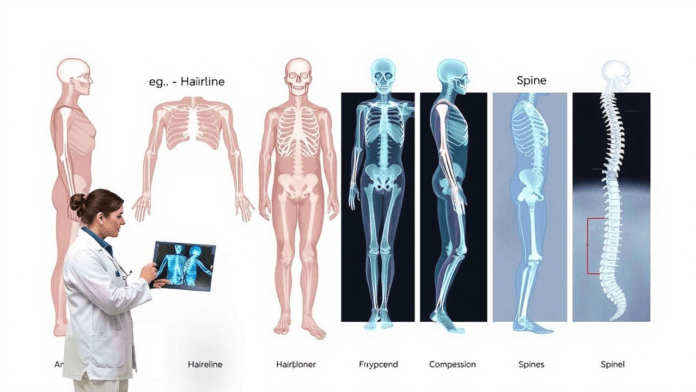Fractures can result in anything from little hairline cracks to intricately broken bones. So, for efficient management and the best possible recovery, it is crucial to comprehend the Types of Fractures and the treatment options that go along with them.
From the subtleties of hairline fractures to the difficulties presented by comminuted fractures, let us examine the complexities of bone fractures in this article.
Here are some best blogs which you can read also: Chia Seeds Benefits | Skin Care Routine | Oats Benefits
Bone Fracture:
The fracture happens when a bone cracks or fractures for various reasons, such as falls and illnesses that weaken bones. It requires surgery to fix a broken bone so the people’s bones can heal with just a splint, cast and brace. The location and origin fracture will determine how long it takes to heal completely.
Types of Bone Fracture:
Numerous classifications are used to classify bone fractures according to distinct features.
Open fracture:
An open fracture which has greatly damaged bone exposes itself by poking through the skin. It raises the possibility of infection and usually necessitates prompt medical care.
Closed fracture:
Suppose the broken bone does not pierce the skin in a closed fracture. So, you have to compare it to an open fracture with injury within the body, lowering the risk of infection.
Displaced fracture:
If the bone pieces on either side of the break are not correctly aligned, a displaced fracture may occur. While the healing process may be impacted, the bone may need to be realigned through manipulation.
Non-displaced fracture:
A non-displaced fracture is a break in the bone that leaves the bone pieces ‘ alignment largely unaltered. The fragments remain in their original place even though the bone is still broken, which could speed up and simplify the healing process. It is one of the common fractures that can heal normally with the right treatment in the hospital.
Typical Bone Fracture:
A transverse fracture occurs when a bone splits perpendicular to its long axis in a straight line. A direct blow or force exerted at a straight angle to the bone is frequently the cause.
Greenstick fracture:
The youngster’s bones are still comparatively soft and flexible, and they can sustain a greenstick fracture. This happens because children’s bones are more likely to flex rather than break entirely because they contain more collagen.
Stress fracture:
This type of stress fracture can result in microscopic cracks in the bone. As a result, weight-bearing bones like metatarsals sustain stress fractures. Hence it is more comfortable to get out of the major problem.
Linear fractures:
Hence, this type of fracture, with a single fracture line parallel to the bone’s long axis, is known as a linear fracture. They often heal nicely and are rather stable.
Causes of fractures of the bones:
Traumas are nearly always the cause of bone fractures. However, bone fractures can occasionally occur without any trauma and are brought on by repetitive stresses, such as jogging or participating in sports.
Overuse syndrome in your hands and arms can result from repeatedly performing a single motion or movement over an extended length of time. Stress fractures are more likely to occur if you play an instrument or use your hands in the same manner daily at work.
Conclusion:
A complete continuity of bone tissue is called a bone fracture. The bone in the body can sustain a fracture, and these fractures can occur in several different ways. If the closed fracture, for instance, is a break in the bone that does not cause skin tearing, a complex fracture, on the other hand, enters the skin and affects the surrounding tissue.
Because of the possibility of infection, compound fractures are typically more dangerous than simple fractures. Here are some best blogs which you can read also: Pain Management in Right Side of Stomach | Calories in an Apple | High Pretein Foods | Period Pain Relief





